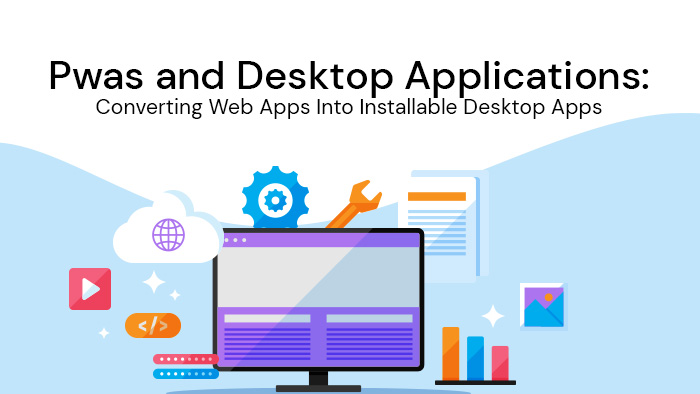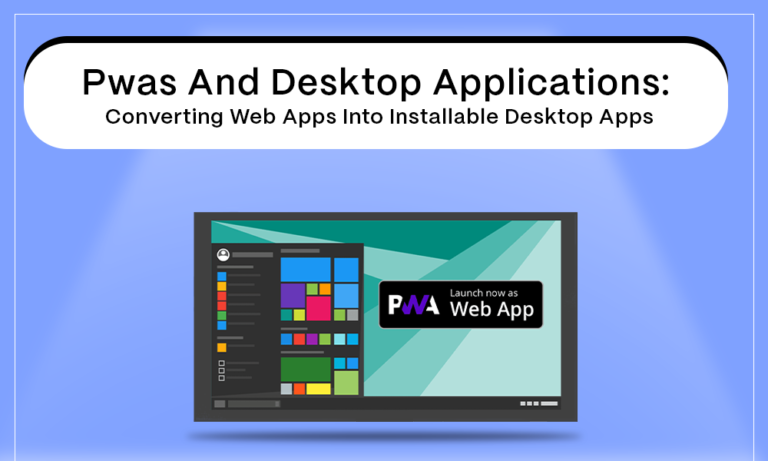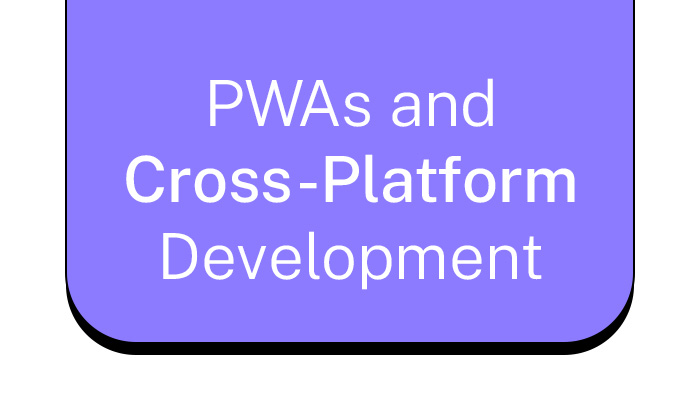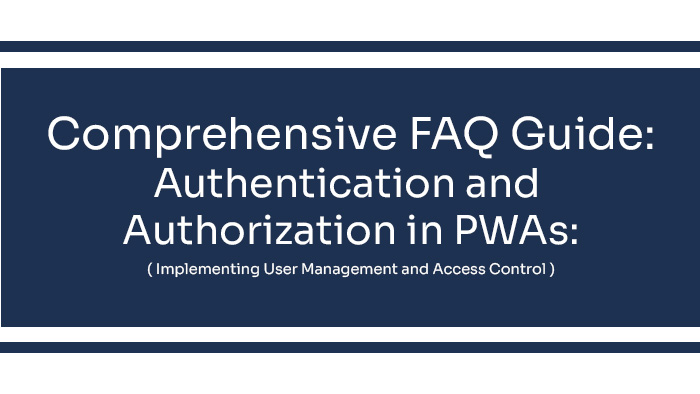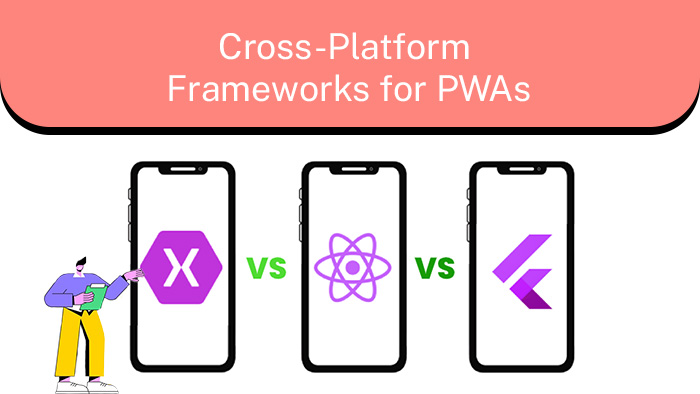
Cross-Platform Frameworks for PWAs: React Native, Flutter, and Xamarin
In the realm of web development, the demand for cross-platform frameworks capable of delivering progressive web applications (PWAs) has been steadily increasing. This article aims to examine three prominent cross-platform frameworks – namely React Native, Flutter, and Xamarin – with a focus on their suitability for developing PWAs. By evaluating their benefits, exploring their features, and conducting a performance comparison, this article seeks to inform developers about the strengths and weaknesses of each framework in order to assist in making an informed decision when choosing a cross-platform solution for PWA development. Key Takeaways Cross-platform frameworks for PWAs offer increased development efficiency and reduced time and cost. Successful PWAs like Alibaba’s, built with React Native, have shown improved performance compared to native app versions and maintained consistent user experience across devices. Performance comparison is crucial in determining the most suitable framework, with benchmarks evaluating load times, responsiveness, memory usage, and rendering speed. Integration with existing projects requires compatibility, addressing differences in coding languages or architectural patterns,
